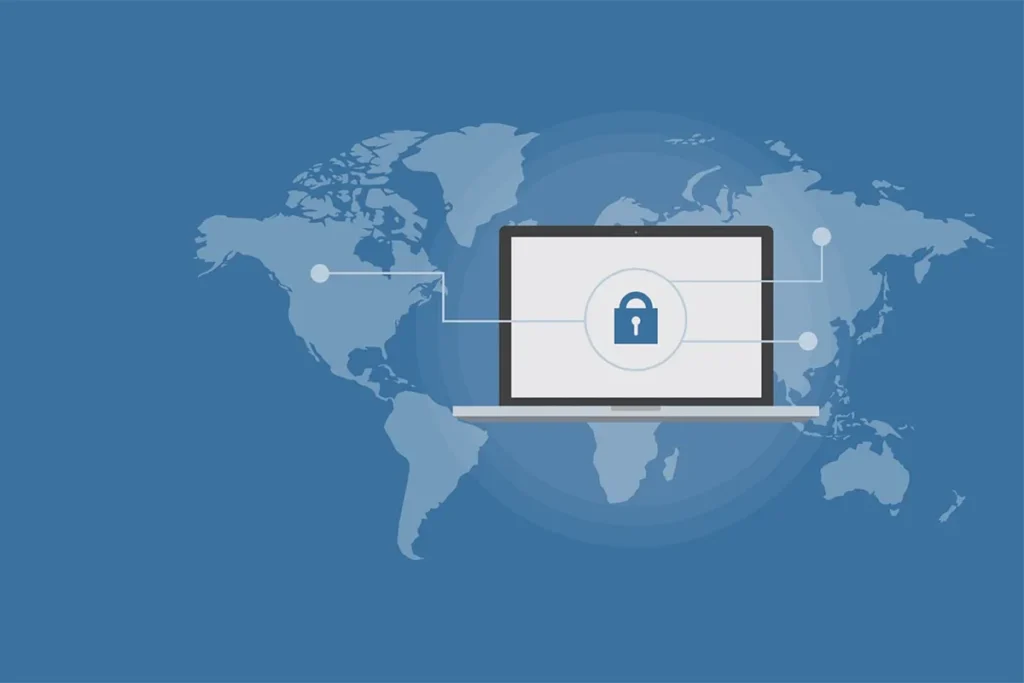In this digitalized world, we often neglect the security matters which should always be at the top of our priority list. There are a number of AI tools that help us in our daily routine and assist us in doing tasks. Without these tools, life would be unimaginable and difficult. AI tools can be created using NLP, which makes it easier to do repetitive and new tasks. Some of these tools ask for a lot of information, like banking card numbers, telephone numbers, email addresses, and other sensitive personal data. This presses upon the issue of making sure these AI tools are secure and that the information they use is protected officially. If this data gets into the wrong hands, it can lead to data breaches, identity theft, financial fraud, and other serious security problems.
It has become important than ever before to take concrete measures and formulate internationally recognized and accepted. Additionally, there is a dire need to implement these AI security protocols in a timely manner, requiring small to large AI application builders to comply with established security and privacy standards to protect user data. In this arena, Skyflow is taking commendable measures to protect user data and privacy, like data encryption, limited access to information, and being transparent about how the data is used.
What is Skyflow DPDP Compliance?
Skyflow DPDP means Data Privacy and Data Protection. It helps businesses protect important data. As more businesses use personal information, the risk of data getting stolen is bigger. Skyflow helps keep data safe by storing it securely. It also makes sure businesses follow rules like GDPR and CCPA.
Skyflow DPDP compliance means not just keeping the data safe but also using it the right way. It helps businesses follow the rules by using things like data tokenization and encryption. These tools help keep data safe and make sure businesses follow all the rules about how to store and use personal information. The data is protected so that no one can see or steal it easily.

Why is AI Security Important for DPDP Compliance?
AI security is very important because AI systems use a lot of personal data. Some of this data is private and sensitive. If AI systems are not safe, the data could be exposed, which would break the rules. It is very important to protect the data that AI systems use. This means using strong AI security measures to keep data safe.
When companies make AI systems, they need to be very careful with the data. If the data is not kept safe, it could be seen by the wrong people. AI security helps protect the data and makes sure only the right people can see it. This helps keep the data safe and protects people’s privacy.
It is also important to remember that the data used in AI systems should only be collected if it is needed. By following the rules, businesses can help keep personal data safe and use AI systems in ways that do not harm anyone’s privacy.
Key AI Security Best Practices for DPDP Compliance
To keep AI managers safe and follow DPDP compliance, businesses should follow some good rules. Here are some important things to do:
- Encryption: Encryption is a way to change data so that only the right people can read it. If data is encrypted, even if someone tries to steal it, they won’t be able to read it. Encryption helps keep AI systems safe. It is very important for protecting sensitive information.
- Access Control: Access control helps make sure only the right people can see important data. This is important for keeping the data safe. Using role-based access control (RBAC) can limit who sees what data. If only the right people have access, the data is safer.
- Data Minimization: This means using only the data that is needed. If businesses use less data, it is easier to keep it safe. The less data there is, the less chance there is for it to be exposed. Data minimization is a very important rule to follow to keep everything safe.
- Transparency in Data Use: Businesses should tell people how their data will be used. It is important to explain what data is being collected, how it will be used, and how it will be protected. This helps build trust with people and makes sure businesses follow the rules about using personal information.
- Regular Updates: AI tools should be updated often. This helps keep them safe from new risks. If updates are not done, the system could become weak and open to attacks. Regular updates make sure the system stays safe and secure.
- Secure AI Model Deployment: Before using AI systems, businesses should check that they are safe. This helps make sure AI systems do not have problems that could expose data. Testing AI models before using them helps keep everything safe.
By following these AI security best practices, businesses can keep data safe and stay DPDP compliant. These practices help protect data and make sure businesses are following the rules to keep everything secure.
Common Challenges in Maintaining AI Security and DPDP Compliance
Even with good practices, there are still challenges when keeping AI security and DPDP compliance. Here are some challenges businesses face:
- Algorithmic Bias: Sometimes, AI systems can make unfair decisions. This happens because they learn from data that may not be perfect. Businesses need to make sure their AI systems make fair choices. This is important so that everyone is treated fairly and equally.
- Inadequate Data Protection: Some businesses may not have strong enough protection for their data. Without good protection, sensitive data could be stolen. It is important for businesses to have the right tools and systems to keep everything safe.
- Complexity of Regulations: Rules can change often. It can be hard for businesses to keep up with the new rules. Skyflow DPDP compliance helps businesses stay updated with the rules. This makes it easier for businesses to follow the latest regulations without missing anything.
- Scalability Issues: As businesses grow, they need to handle more data. This can make it harder to keep AI solutions safe. Businesses need to be ready to keep their systems secure as they grow. This may mean upgrading their systems to handle the bigger amounts of data safely.
Even though these challenges are tough, businesses can still manage them. Using the right tools and following AI security best practices helps businesses stay DPDP compliant and keep data safe. Skyflow DPDP compliance is a big help in overcoming these challenges.
How Skyflow Helps Achieve DPDP Compliance in AI Systems
Skyflow has many tools to help businesses stay DPDP compliant. One important tool is data tokenization. This tool replaces sensitive data with fake data. Even if someone steals it, they only get the fake data. This keeps the real data safe. Skyflow Agentic AI Security Layer also uses encryption to protect data. Encryption ensures that only the right people can read the data. These tools help businesses keep their AI systems safe and DPDP compliant.
By using Skyflow, businesses can make sure their AI systems follow all the rules and protect their data in the best way. Skyflow DPDP compliance tools make it easier for businesses to manage security and data privacy at the same time.

AI Security and DPDP Compliance in Practice: Real-World Examples
Many companies are already using AI security best practices to stay DPDP compliant. For example, hospitals use AI to check medical records. They must follow rules like HIPAA to protect patient data. By using encryption and access control, hospitals can keep medical information safe.
In banks, AI is used to stop fraud and help with customer transactions. Banks follow GDPR to keep customer data safe. By using data minimization and telling customers how their data will be used, banks can stay DPDP compliant. These examples show how businesses can protect their data and follow the rules while using AI robotic systems. AI security can work in many areas as long as businesses follow the rules and use the best security practices.
The Future of AI Security and DPDP Compliance
As AI technology grows, businesses will need better ways to keep data safe. One new idea is privacy-preserving AI. This means building AI systems that don’t give up people’s privacy. Federated learning and differential privacy are ways AI systems can work and still keep data private. These new ideas are helping improve how AI systems protect people’s privacy while still doing their job.
Skyflow is always working to stay ahead. As new rules come out, businesses need to keep improving how they protect data. The future of AI security is about keeping data safe and using AI systems to do great things without breaking privacy rules. Skyflow DPDP compliance tools help businesses stay ahead of new rules and always be ready.
Conclusion
In conclusion, businesses need to keep AI systems safe and follow DPDP compliance rules. By using best practices like encryption, access control, and data minimization, businesses can protect important data. Skyflow helps businesses keep their AI systems safe and follow the rules. As AI technology grows, businesses will need to keep improving how they protect data.
If your business uses AI systems, make sure to follow AI security best practices. With the right tools and rules, you can keep data safe and use AI to improve your business. Always remember to stay up-to-date with Skyflow DPDP compliance to make sure your business keeps working safely and securely.

